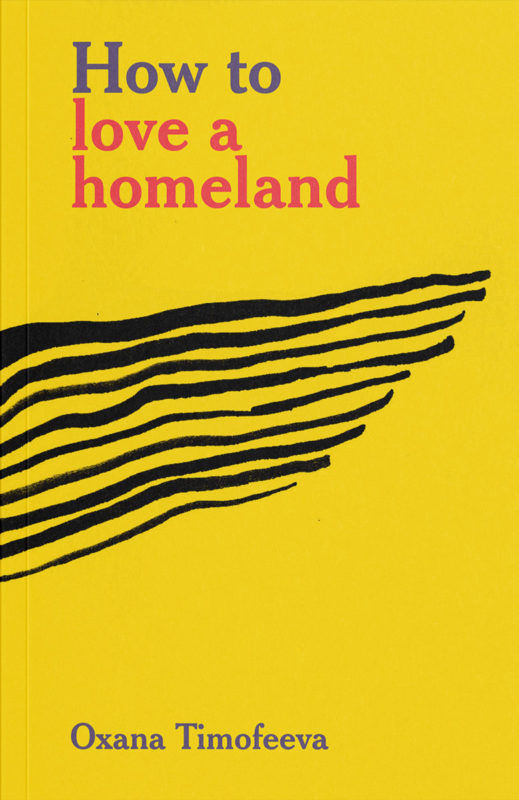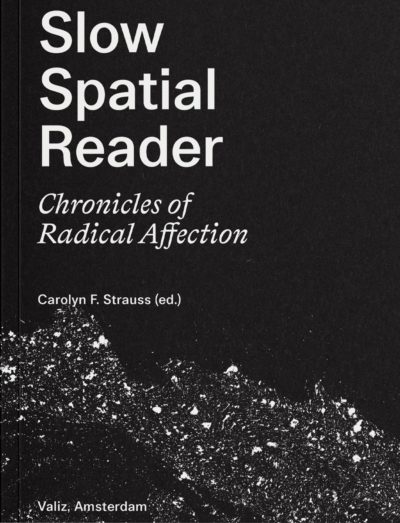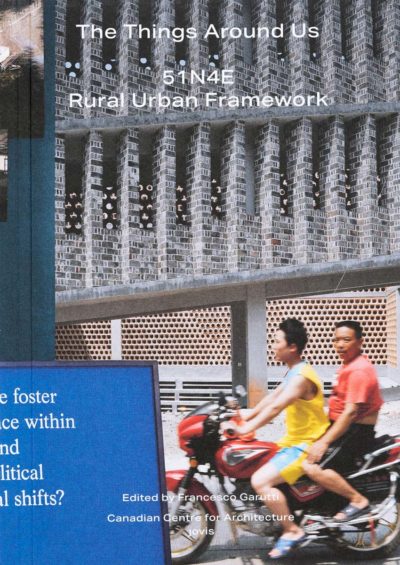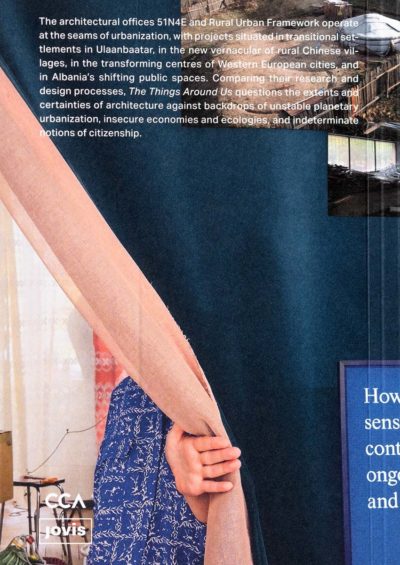Love your home in such a way that the soil and plants with their roots are on our side.
Russian writer and philosopher Oxana Timofeeva was born and grew up in various parts of the USSR. With the dissolution of the USSR and her family’s compulsion to return back to Moscow, Timofeeva finds her nationality Oxana Tomofeeva shares her own experience of homelands to provide some guidance in the controversial territories of how to love a homeland. Her personal stories of belonging to Kozhevnikovo, Chu, and Surgut, are brought together by the critical essay How to be from here, where she unpacks the topic through the words of Brecht, Deelueze and Guattari, Heidegger and other thinkers. While the stories the author tells are specific to the context of the URSS across its dissolution in the 80s and 90s, the place of vulnerability from which she speaks contains the universal experience of human connection and disconnection from the land. The strong presence of the non-human is a unifying thread throughout the book: in the stories about the three homelands, the swingboat, the forest, the poppies, the building at 50 Let VLKSM Street, and the steppe are means through which the homelands stay with the author over the years and are still there when she gets back. At the same time, in the critical essay, the vegetation rootedness in the land is used as a symbol to illustrate the contradictions of love for one’s homeland and as an inspiration to experience this love with all our soul.
— Chiara Dorbolò, Curator of the Architecture Book Fair 2021







